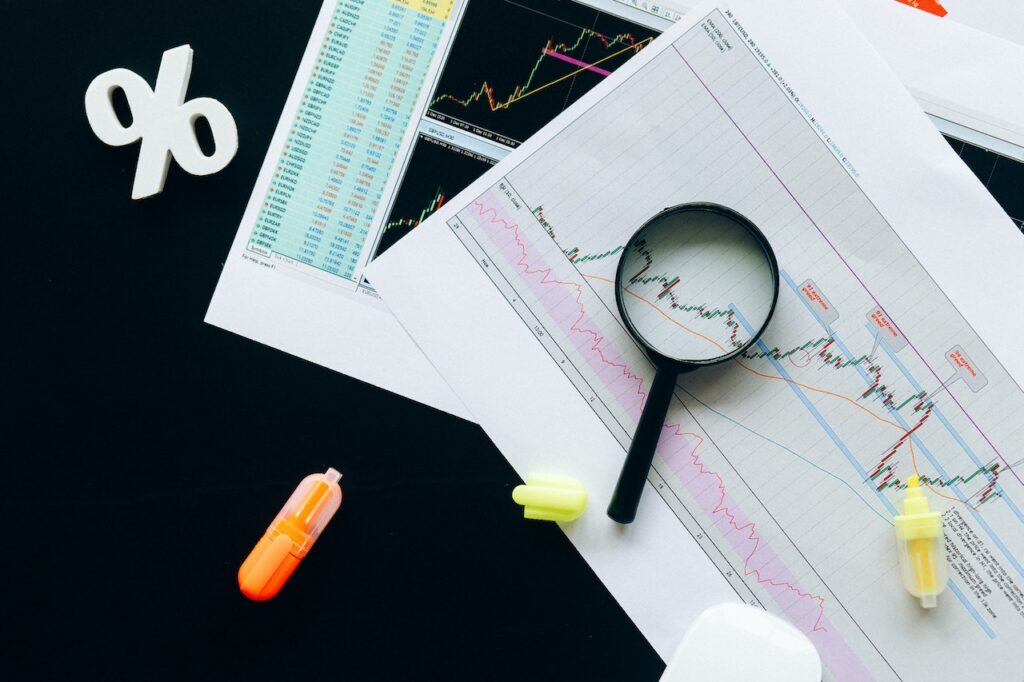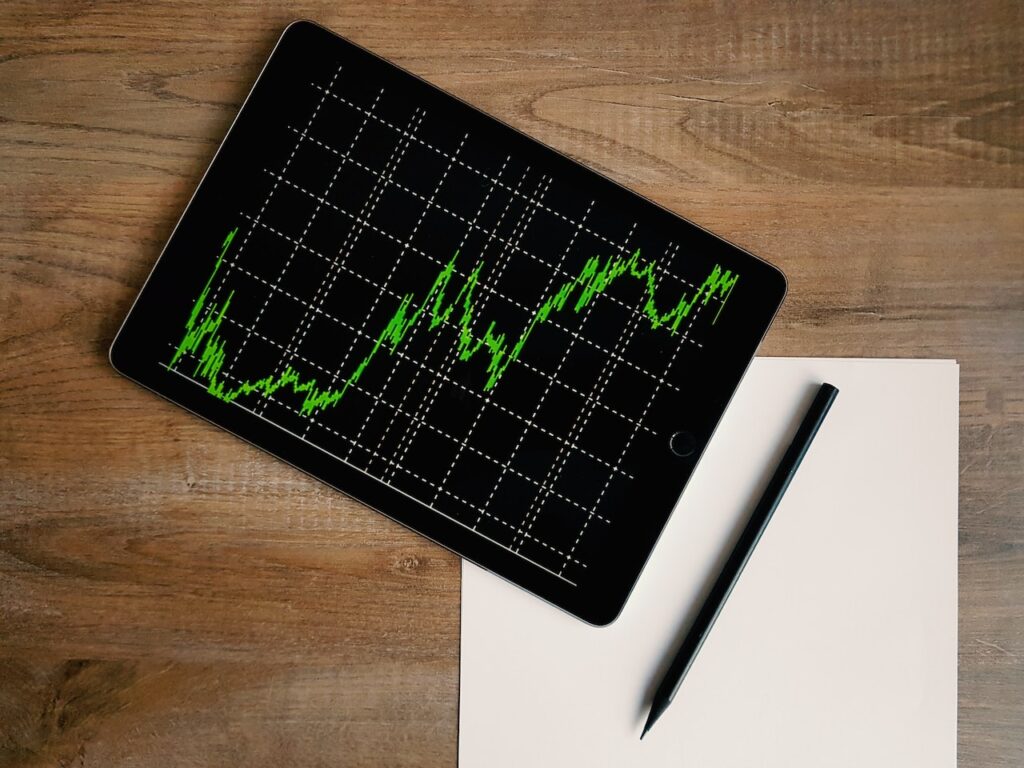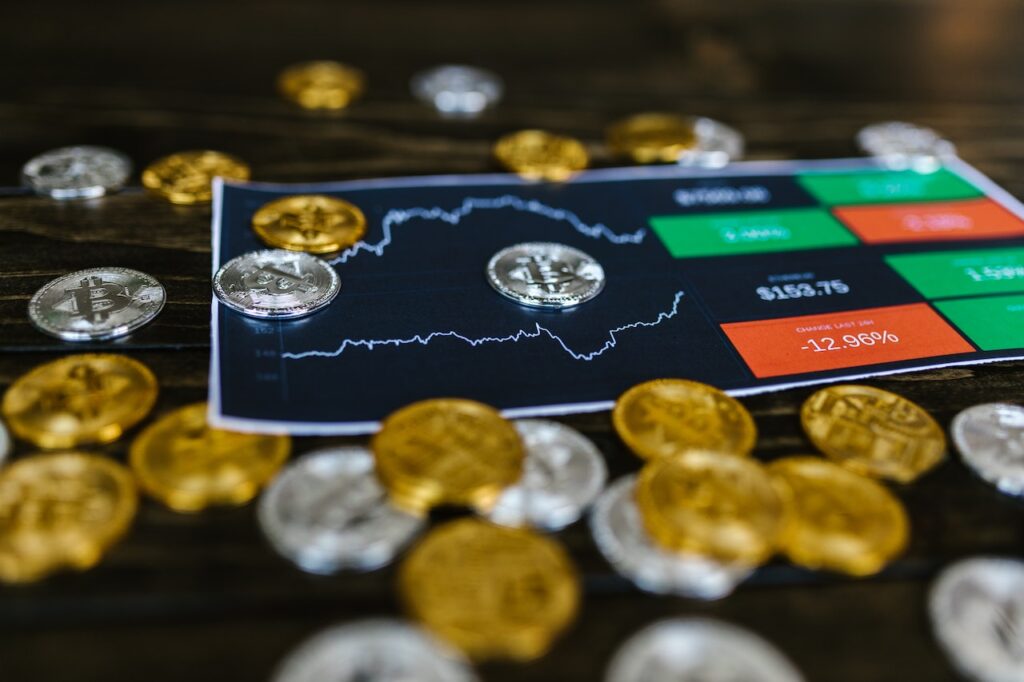In trading currency, investors purchase and sell units of currency known as lots. A standard lot consists of 100,000 units. Smaller lots are called micro lots and nano lots. The goal is to profit from slight changes in the exchange rate. These fluctuations are measured in “pips”, or one hundredth of a percentage point. US dollar exchange rates are popular among Forex traders, and they are sometimes referred to as the “greenback.”
Foreign exchange market
The foreign exchange market is a global system in which traders purchase and sell currencies. Commercial banks facilitate international trade and investments, while central banks set and regulate exchange rates. Traditional users of the foreign exchange market include foreign tourists and businesses with international operations. However, there are also traders who seek profits from short-term market trends.
The Foreign Exchange Market is the world’s largest financial market and operates twenty-four hours a day, seven days a week. The exchange rates on this market are determined by the demand and supply of the base currency versus the buyer’s currency. The market is estimated to be worth $6.6 trillion dollars per day. It has a huge range of participants, from amateur traders to large financial institutions and multinational companies.
Currency pairs
When trading in the forex market, it is important to select currency pairs that suit your temperament and trading style. You should also consider how much time you’ll spend on the market and what kind of news you’ll be following. Some traders may prefer volatile instruments, while others may be more conservative. No matter which currency pair you choose, you must learn the technical and fundamental analysis methods to be successful.
A good rule of thumb is to start with the majors and use these to gauge which currencies are trending and which are ranging. For instance, if you know that the Danish krone will drop against the Russian ruble tomorrow, you can buy it and sell it when its value increases. Likewise, if you know the US dollar is going to drop against the euro tomorrow, you can profit by buying it and selling it later.
Developing a trading plan
A trading plan is an indispensable tool for successful trading. It keeps you on track and guards you against making impulsive decisions. In addition, it helps you remain objective, which can lead to better confidence and less emotional involvement. Without a trading plan, you might end up trading without a strategy, which could cost you money.
A trading plan should include the time frame you plan to trade in. For instance, if you trade every day, you should determine whether you plan to trade every day or once or twice a week.
Risks
Trading currencies involves a variety of risks. The first is currency risk, which arises from changes in one currency’s value compared to another. This type of risk affects companies and investors that have assets in more than one country, and can make profits unpredictable. Many institutional investors hedge against this type of risk by using derivatives.
Another type of currency risk is settlement risk. This type of risk occurs when currencies are traded at different times of the trading day. Because currencies are traded in different time zones around the world, they may be credited at different times. In addition, they may trade at different prices at different points of the trading day, causing settlement risk.
Leverage
In currency trading, leverage is a financial tool that allows an investor to open positions that are larger than his or her account balance. The amount of leverage available varies between brokers and asset classes. It is measured in ratios and is typically stated as a percent of the trader’s account balance. There are two types of leverage: operating and financial. The former relates to how much a company can borrow and the latter to how much equity it has.
Most brokers offer a higher leverage ratio for major currency pairs than for minor currencies or exotics. The average leverage ratio for major currency pairs is around 30:1. Leverage ratios for minors and exotics are generally lower than this. New traders should consider the maximum amount of leverage they can handle before starting to trade.








Facebook Comments